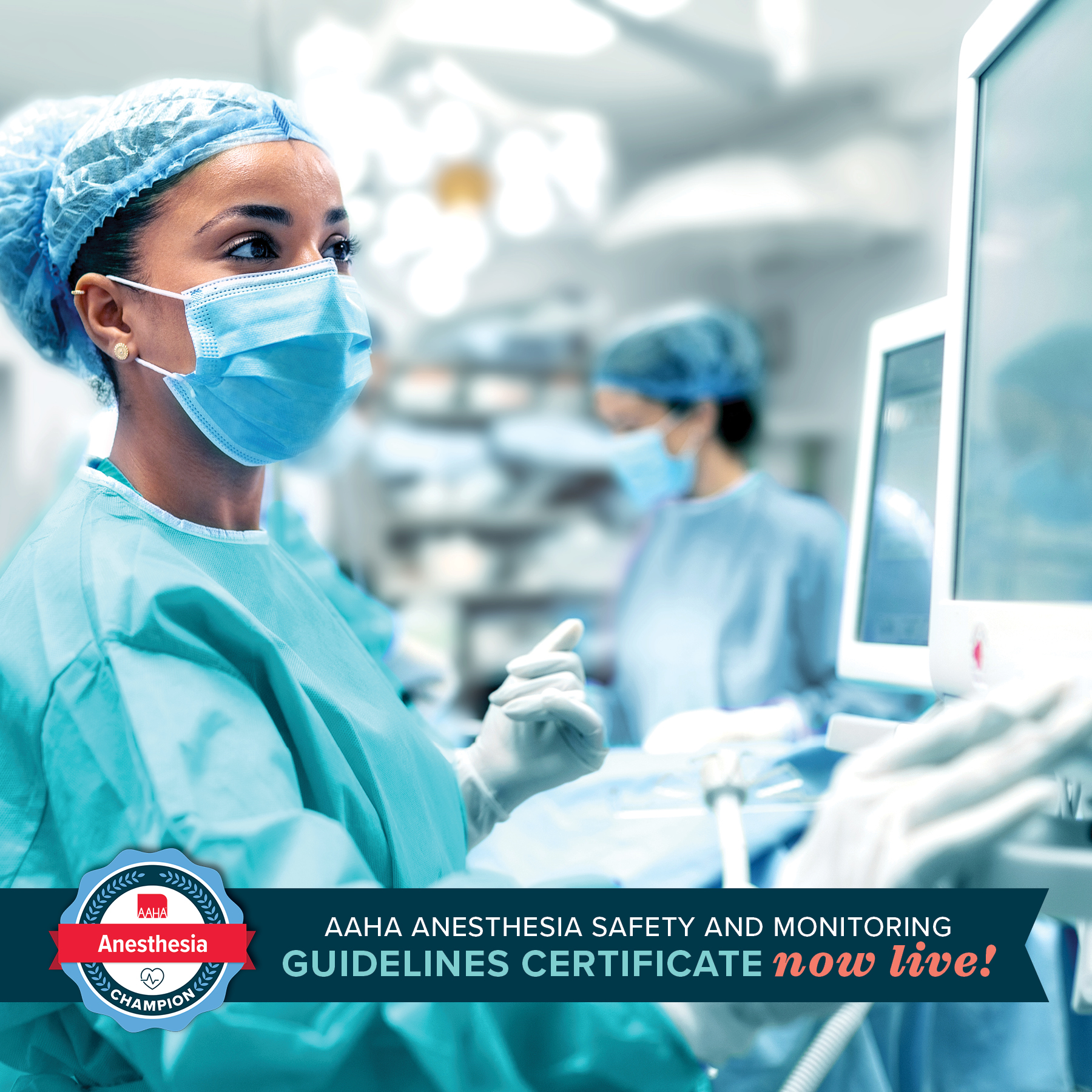Tips for Efficient Wellness Visits
Each member of the veterinary team plays a vital role in providing individualized patient care to dogs regardless of life stages. At all life stages, pet owners should be encouraged to acclimate dogs to safe travel in an automobile and/or carrier prior to the veterinary visit. The team should require all pet owners to restrain dogs on a leash or in a carrier upon entering the practice and arrange the reception area to minimize encounters with other animals. Planning appointments to minimize wait time, separating animals in the waiting room, and/or moving dogs directly into a quiet, calm environment can help to decrease dog and owner anxiety. Furthermore, for known anxious, fearful, aggressive, or premedicated animals, a strategy should be devised that potentially involves initial contact outside the building and entering/exiting through a door that avoids the client waiting area.
The entire veterinary team should be trained in stress-reducing handling techniques and, as appropriate, use positive reinforcement (e.g., food, treats, toys, mats) to facilitate the physical examination, diagnostic sample collection, and treatment implementation.7,8 A calm, quiet body language and voice as well as canine pheromones may be helpful alone or in conjunction with other techniques to decrease patient stress and fear.7,9,10 For more anxious dogs, previsit anxiolytics or sedation should be used to reduce patient stress and fear as well as provide safety for the veterinary team.7 Should undue stress or fear develop in the dog, consider sending the dog and pet owner home, using positive reinforcement techniques only during the visit, and consider rescheduling with previsit anxiolytics.
Formal communication training, including relationship-centered communication, should be encouraged for the entire veterinary team to develop optimal communication skills. Pet owners want to be involved in the decision-making process (shared decision making) through explaining their dog’s condition, available options including a recommended option, and respect of the decision they make in partnership with their veterinarian.11 To achieve a shared decision, the veterinary team should gather information use openended questions (who, what, when, where, why?) and two-way communication. Implementation of two-way communication requires strategies to listen to and confirm the pet owner’s perspective (e.g., reflective listening) and asking follow-up questions based on information already gathered during the visit.11 Communication with empathy, reflective listening, and two-way communication by the veterinary team will result in improved clinical outcome as well as pet owner and veterinarian satisfaction.12–14 Historical and physical exam information should be documented in a searchable medical record system which allows easy and clear depiction of important patient parameters (e.g., weight, vital parameters, clinical pathology values) over the life of the patient. This type of system facilitates clear communication between team members and the pet owner.









